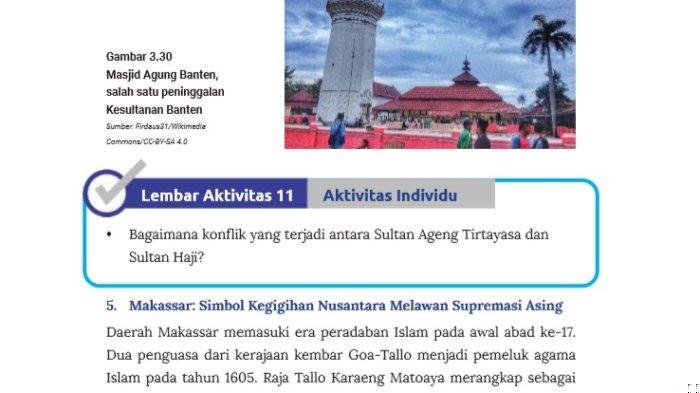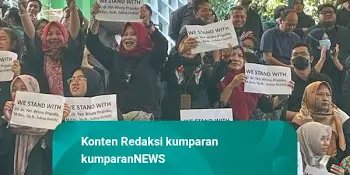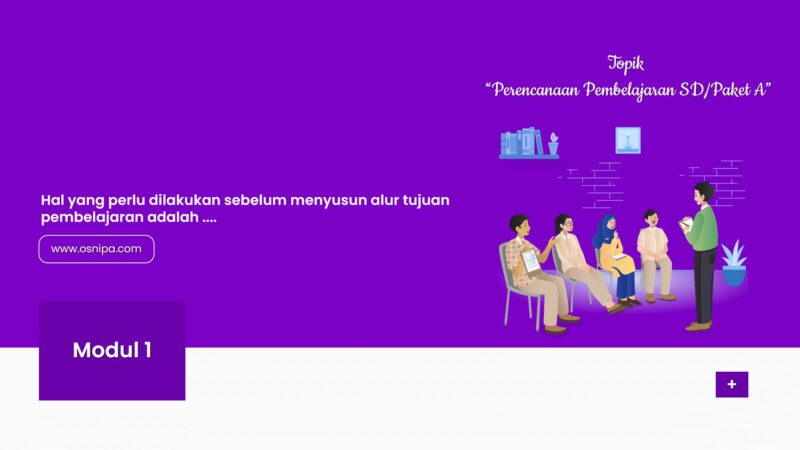Bagaimana Konflik Yang Terjadi Antara Sultan Ageng Tirtayasa Dan Sultan Haji

The conflict between Sultan Ageng Tirtayasa and Sultan Haji stemmed from a power struggle over the Banten Sultanate, fueled by personal ambitions and differing visions for governance. How did this clash unfold? It escalated into a bitter rivalry marked by betrayal and warfare that shaped the region’s history.
As political tensions rose, loyalties divided, leading to critical decisions that impacted not just the sultans, but the lives of their subjects as well. Understanding bagaimana konflik yang terjadi antara sultan ageng tirtayasa dan sultan haji reveals the complexities of leadership and ambition in a transforming society.
Bagaimana Konflik yang Terjadi Antara Sultan Ageng Tirtayasa dan Sultan Haji
The conflict between Sultan Ageng Tirtayasa and Sultan Haji stands as a notable chapter in the history of Banten Sultanate. Understanding the roots and outcomes of this power struggle not only provides insight into the politics of the 17th century but also reflects the complex dynamics of leadership, loyalty, and ambition during that era.
The Historical Context of the Banten Sultanate
To understand the conflict between Sultan Ageng Tirtayasa and Sultan Haji, we first need to explore the historical context in which it occurred. The Banten Sultanate, established in the early 16th century, became a significant regional power in Indonesia, especially in trade and politics.
– **Strategic Location**: The Sultanate’s position near the Sunda Strait made it a vital hub for trade between the East and the West.
– **Cultural Flourishing**: Banten emerged as a center for Islamic culture, attracting scholars and traders from various regions.
As the sultans expanded their territories and influence, internal power struggles emerged, often fueled by familial ties and rival ambitions.
Key Figures in the Conflict
Understanding the two primary figures in this conflict is essential to grasp the dynamics at play.
Sultan Ageng Tirtayasa
Sultan Ageng Tirtayasa ruled from 1651 to 1682 and is often remembered for his leadership and vision. He focused on consolidating power and defending Banten’s independence against external threats, primarily the Dutch East India Company.
– **Visionary Leader**: He aimed to strengthen the Sultanate’s autonomy and foster economic growth through trade.
– **Resistance to Colonialism**: Ageng Tirtayasa actively opposed the Dutch, seeking to maintain Banten’s sovereignty.
Sultan Haji
Sultan Haji, the son of Sultan Ageng Tirtayasa, found himself in a contrasting position. He was more inclined towards negotiating with colonial powers, leading to tension with his father.
– **Desire for Power**: Haji sought to assert his claim to the throne while navigating the complexities of colonial relationships.
– **Different Ideologies**: His willingness to compromise with the Dutch put him at odds with Sultan Ageng’s nationalist vision.
The Genesis of the Conflict
The conflict between the two leaders did not arise overnight. Several factors contributed to the tensions that eventually led to a full-blown power struggle.
Family Dynamics
Conflict often stems from family dynamics, and this case was no different.
– **Father-Son Rivalry**: Sultan Haji’s ambitions created a rift with Sultan Ageng, who perceived his actions as a betrayal.
– **Influence of Advisors**: Both leaders had advisors who pushed their agendas, sometimes exacerbating tensions.
Political Alliances
Political alliances played a crucial role in the growing discord.
– **Dutch Influence**: The Dutch East India Company sought to manipulate local leaders to weaken Banten’s power.
– **Court Politics**: Allies of Sultan Haji within the court encouraged him to challenge his father’s authority.
The Escalation of Conflict
As tensions boiled over, the conflict escalated into a full-scale power struggle.
Open Hostilities
The break between Sultan Ageng and Sultan Haji became irreparable, leading to open hostilities.
– **Military Engagements**: Sultan Ageng attempted to suppress Haji’s forces, resulting in several battles.
– **Territorial Control**: Control over strategic locations was crucial, with both leaders vying for dominance.
Impact of External Forces
This internal conflict did not occur in isolation.
– **Dutch Intervention**: The Dutch saw an opportunity to exploit the situation, offering support to Sultan Haji in exchange for favors.
– **Economic Strain**: Prolonged conflict strained resources, affecting the welfare of the Sultanate’s citizens.
Consequences of the Conflict
The fallout from the power struggle had significant implications for the Banten Sultanate.
Shift in Power Dynamics
The conflict led to a tangible shift in power dynamics within Banten.
– **Sultan Haji’s Ascendancy**: Following several military engagements, Sultan Haji eventually emerged victorious, leading to his ascension to the throne.
– **Sultan Ageng’s Exile**: Sultan Ageng was forced into exile, marking a significant loss for traditionalist forces within the Sultanate.
Impact on Banten’s Relations
The conflict altered Banten’s relationships with external powers.
– **Increased Dutch Control**: Sultan Haji’s cooperation with the Dutch allowed for greater colonial influence, ultimately undermining Banten’s sovereignty.
– **Long-Term Effects**: The schism within the royal family paved the way for further conflicts and divisions in Banten politics.
Legacy of the Conflict
The conflict between Sultan Ageng Tirtayasa and Sultan Haji left a lasting legacy on the Banten Sultanate.
Cultural Memory
The story of their rivalry continues to resonate in cultural narratives.
– **Folklore and Literature**: The conflict inspired various tales and artistic expressions, reflecting societal values and the struggles for autonomy.
– **Historical Reflection**: Scholars often revisit this conflict to understand the complexities of leadership and loyalty.
Lessons Learned
The conflict offers valuable lessons for current and future generations.
– **Importance of Unity**: The division within the royal family serves as a cautionary tale about the dangers of infighting.
– **Navigating External Pressures**: Leaders must be aware of the influence external powers can exert and the importance of maintaining sovereignty.
By examining the conflict between Sultan Ageng Tirtayasa and Sultan Haji, we gain a deeper understanding of the intricate dynamics that shaped the Banten Sultanate during a crucial period of its history. The clash of ideals, ambitions, and the impact of external forces paints a vivid picture of a time when power and allegiance dictated the course of kingdoms.
The story also serves as a reminder of the enduring relevance of leadership principles and the complex interplay of familial and political relationships. As we reflect on this historical conflict, we recognize the lessons that transcend time, urging us to seek unity and integrity in our pursuits.
Bagaimana Konflik yang Terjadi Antara Sultan Ageng Tirtayasa dan Sultan Haji
Frequently Asked Questions
What were the main causes of the conflict between Sultan Ageng Tirtayasa and Sultan Haji?
The conflict primarily arose from disputes over power and succession within the Sultanate of Banten. Sultan Haji, the son of Sultan Ageng Tirtayasa, sought to consolidate his authority and control over the region, while Sultan Ageng opposed his son’s rule, believing in the principles of traditional leadership and governance. Additionally, external influences and the growing power of the Dutch East India Company exacerbated the tensions, as both leaders attempted to navigate their interests amidst colonial encroachment.
How did the conflict impact the Sultanate of Banten?
The power struggle significantly weakened the Sultanate of Banten. As the conflict escalated, it led to internal divisions and a lack of unity among the nobility and the populace. The ongoing turmoil allowed the Dutch to exploit the situation, leading to greater colonial control over Banten. The infighting diverted resources and attention from external threats, ultimately diminishing the Sultanate’s power and influence in the region.
What were the consequences of the conflict for Sultan Ageng Tirtayasa?
Sultan Ageng Tirtayasa faced substantial setbacks due to the conflict with his son. After prolonged hostilities, he lost political power and faced military defeat. Eventually, he was forced into exile, marking the end of his direct influence over Banten. Despite his fall from power, he is often remembered for his efforts to uphold traditional governance and resist colonial forces, which shaped the historical narrative of the Sultanate during that period.
How did the conflict influence relations with the Dutch East India Company?
The conflict between Sultan Ageng Tirtayasa and Sultan Haji provided the Dutch East India Company an opportunity to expand its influence in Banten. By playing both sides against each other, the Dutch managed to weaken the Sultanate further and gain advantageous trading terms. This manipulation of internal strife allowed the Dutch to establish a stronger foothold in the region, ultimately leading to greater colonial dominance over the local rulers.
What role did external factors play in escalating the conflict?
External factors, particularly the intervention of the Dutch East India Company, played a crucial role in escalating the conflict. The Dutch encouraged divisions by supporting Sultan Haji against his father, Sultan Ageng. Their involvement not only intensified the rivalry but also undermined the stability of the Sultanate. Additionally, regional rivalries and the geopolitical landscape of Southeast Asia at the time made Banten a focal point for colonial interests, adding pressure to the existing familial conflict.
Final Thoughts
The conflict between Sultan Ageng Tirtayasa and Sultan Haji stemmed from power struggles and personal ambitions within the Banten Sultanate. Sultan Ageng sought to maintain his authority and strengthen the sultanate, while Sultan Haji aimed to assert his own power and undermine his father’s rule. This rivalry intensified, leading to military confrontations and deep divisions.
Ultimately, the conflict impacted the political landscape of the region, illustrating how internal strife can destabilize a once-unified authority. Understanding ‘bagaimana konflik yang terjadi antara sultan ageng tirtayasa dan sultan haji’ reveals the complexities of leadership and loyalty during turbulent times.







